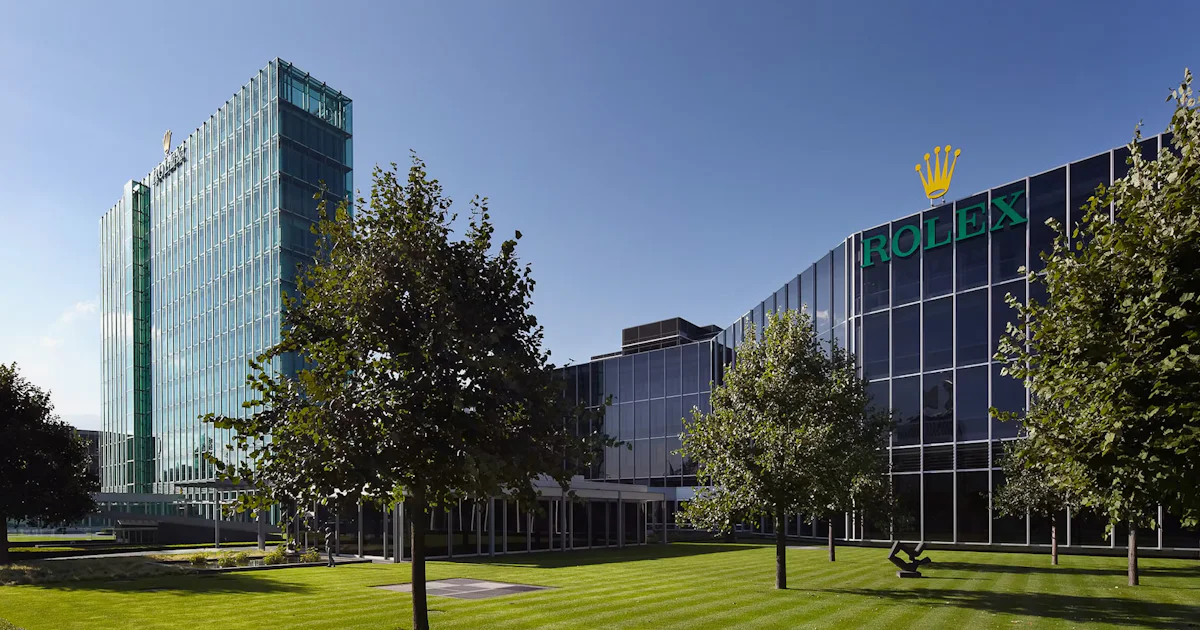
Review: ‘The Making Of A Status Symbol, A Business History of Rolex’ Translated To English For The First Time
How did your country report this? Share your view in the comments.
Diverging Reports Breakdown
Review ‘The Making Of A Status Symbol, A Business History of Rolex’ Translated To English For The First Time
Golfer Arnold Palmer was among the first of these new ambassadors (soon to be known as Rolex Testimonees) Many of these connections were made by American businessman, sports agent, and founder of the International Management Group, Mark H. McCormack. By 1987, the U.S. luxury watch market, that being watches costing more than $3,500 at the time, was worth between $800 million and $1 billion, according to Donzé.
A Rolex promotion from 1984 lists McCormack’s varied and wide achievements and interests. Only in the last paragraph of the dense ad copy does it mention his watch. ”As a man of accomplishment, Mark McCormack is well-matched with his Rolex. As a man in nearly perpetual motion, he is well served by its reliability,” it says. Amid this new thrust in marketing and communications, Donzé documents Rolex’s sales growth during the period, driven by rapid gains in the U.S. and Japanese markets. By 1987, the U.S. luxury watch market, that being watches costing more than $3,500 at the time, was worth between $800 million and $1 billion. It was dominated by 10 Swiss brands, with Rolex accounting for half.
The U.S.-led growth is reflected in overall sales figures during the defining period between 1960 and 1990. Omega’s annual sales were estimated to be about CHF 30 million in 1960, while Rolex sales, combined with sister brand Tudor, were about CHF 38 million, placing the Rolex and Omega brands at a similar level. A decade later, Rolex sales jumped to about CHF 100 million, according to Donzé, with Omega trailing at CHF 65 million. By 1980, Rolex sales surged to CHF 470 million, with Omega behind at CHF 370 million. And it was during the Reagan-era, consumer materialism–focused 80s that Rolex definitively won the battle with annual revenue soaring to CHF 1 billion by 1987, while Omega sales managed about CHF 530 million that year, the book shows.
